Home>Furniture>Outdoor Furniture>How To Pressure Wash A Concrete Patio
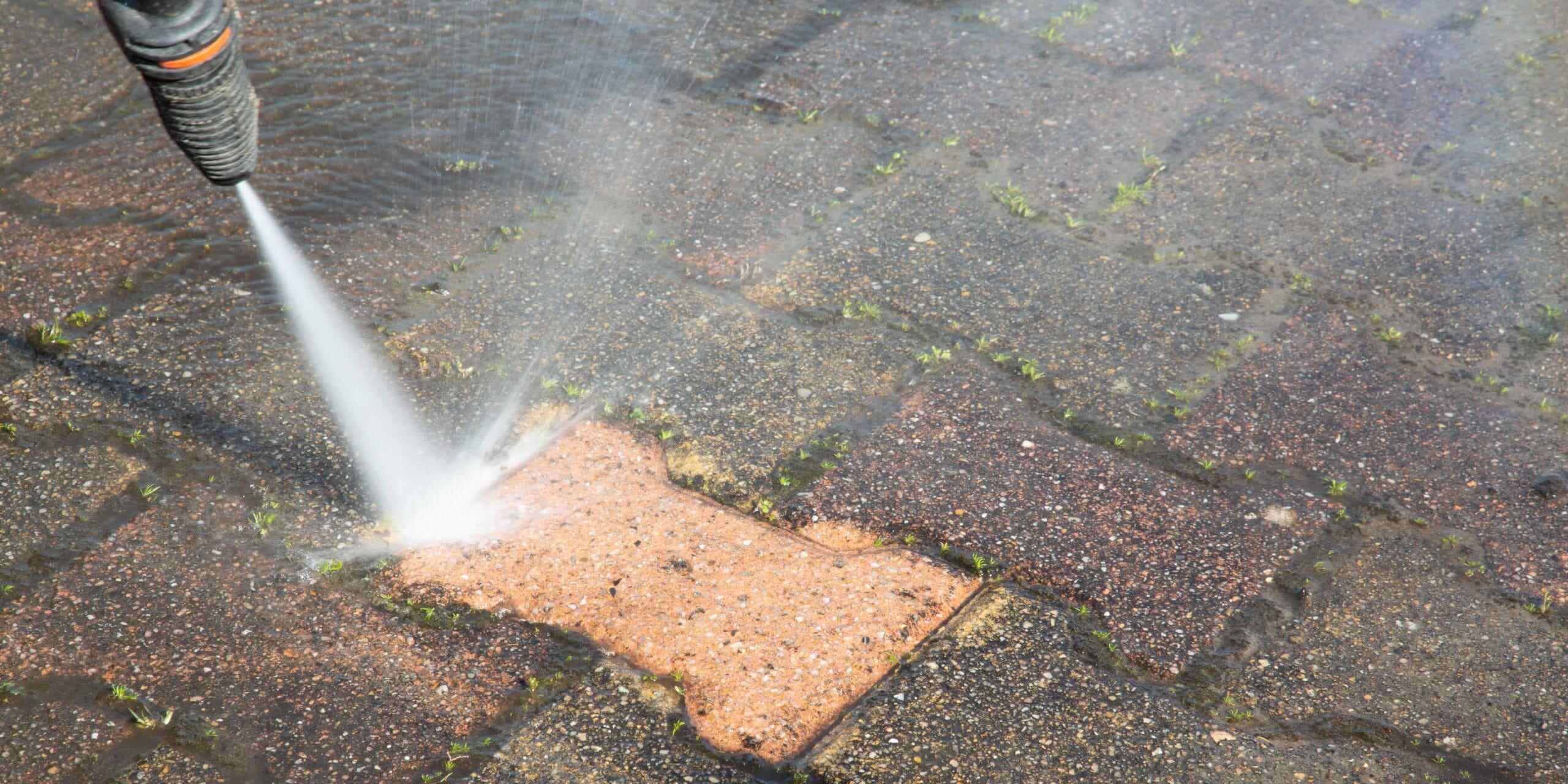

Outdoor Furniture
How To Pressure Wash A Concrete Patio
Modified: October 29, 2024
Learn how to pressure wash your concrete patio to keep your outdoor furniture looking pristine. Remove dirt and grime with these easy steps for a fresh and clean space.
(Many of the links in this article redirect to a specific reviewed product. Your purchase of these products through affiliate links helps to generate commission for Storables.com, at no extra cost. Learn more)
Introduction
Welcome to this comprehensive guide on how to pressure wash a concrete patio. Whether you’re looking to spruce up your outdoor space or prepare it for a new season, pressure washing is a great way to deep clean your patio and remove unsightly dirt, grime, and stains. This process not only improves the appearance of your patio but also helps to maintain its durability and longevity. In this article, we will walk you through the step-by-step process of pressure washing your concrete patio, from ensuring safety to post-cleaning maintenance.
Before we dive into the specifics, it’s important to mention that pressure washing can be a challenging task if not performed correctly. It requires the use of high-pressure water to clean and remove debris from the surface. As such, it’s crucial to follow safety precautions and use the proper equipment to prevent accidents and damage to your patio or surroundings.
By following the guidelines in this article, you’ll be able to tackle your concrete patio cleaning project with confidence, achieving remarkable results.
Key Takeaways:
- Safety first! Before pressure washing your concrete patio, wear protective gear, clear the area, and test the pressure to ensure a safe and efficient cleaning experience.
- Proper preparation and technique are key. Clear the patio, pre-treat stubborn stains, and use wide spray patterns to achieve thorough and effective cleaning results.
Read more: What Psi Pressure Washer To Clean Concrete?
Safety Precautions
When it comes to pressure washing, safety should always be your top priority. Follow these important precautions to ensure your well-being and the protection of your property:
1. Wear protective gear: Before you begin, make sure to wear the appropriate protective gear. This includes safety goggles to protect your eyes from debris, a face mask to prevent inhalation of chemicals and dirt, and sturdy gloves to shield your hands from hot water and detergents.
2. Clear the area: Remove any loose items, such as furniture, plants, or decorative objects from the patio area. This will prevent them from getting damaged during the pressure washing process and allow for unobstructed access.
3. Check for loose or damaged concrete: Inspect your patio for any loose or damaged concrete. Pressure washing can exacerbate existing cracks or cause further damage. If you spot any issues, consider repairing or patching them before proceeding with the cleaning.
4. Protect nearby surfaces: Cover nearby plants, electrical outlets, and other vulnerable surfaces with plastic sheets or tarps to shield them from debris or detergents.
5. Avoid electrical hazards: Ensure that all electrical outlets and power cords are safely away from the water source and out of your way. Do not operate the pressure washer if the cord or plug is damaged.
6. Use caution with ladders: If you need to access higher areas, use a stable ladder and have someone hold it to provide extra stability.
7. Watch for slippery surfaces: The interaction of water and detergents can make the patio surface slippery. Be cautious while walking on wet areas and consider using non-slip footwear.
8. Read the pressure washer manual: Familiarize yourself with the specific instructions provided by the manufacturer of your pressure washer. Pay attention to safety guidelines and recommended operating procedures.
9. Test the pressure: Before starting the actual cleaning, test the pressure of the water stream on a small, inconspicuous area of the patio. This will help you determine the appropriate pressure setting and prevent any potential damage to the concrete surface.
By following these safety precautions, you can ensure a safe and efficient pressure washing experience. Protect yourself, your property, and the environment throughout the entire cleaning process.
Gather Necessary Equipment
Before you begin pressure washing your concrete patio, it’s essential to gather all the necessary equipment. Having the right tools will make the cleaning process easier and more efficient. Here’s what you’ll need:
1. Pressure Washer: The heart of your cleaning project, a pressure washer provides the high-pressure water stream needed to remove dirt, grime, and stains from your concrete patio. Choose a pressure washer with enough power to handle your specific cleaning requirements.
2. Nozzles: Most pressure washers come with interchangeable nozzles that provide different spray patterns and pressure levels. For a concrete patio, you’ll typically use a 25-degree or 40-degree nozzle. Refer to your pressure washer’s manual for the recommended nozzles and their specific applications.
3. Extension Wand or Lance: An extension wand or lance helps you reach higher areas of your patio without straining yourself. It attaches to the pressure washer gun and allows you to extend your reach comfortably.
4. Surface Cleaner Attachment (optional): A surface cleaner attachment is a convenient tool that attaches to your pressure washer and cleans large flat surfaces with rotating jets. It saves time and provides more even cleaning coverage, especially for larger concrete patios.
5. Cleaning Detergent: Depending on the severity of the dirt and stains, you may need a cleaning detergent specifically designed for pressure washers. Look for a detergent that is safe for use on concrete surfaces.
6. Safety Gear: As mentioned in the “Safety Precautions” section, make sure you have safety goggles, a face mask, and gloves to protect yourself during the cleaning process.
7. Broom and/or Brush: A sturdy broom or brush is handy for pre-treating stubborn stains or for manual scrubbing if needed.
8. Garden Hose: You’ll need a garden hose to provide a water source for your pressure washer. Ensure that the hose is long enough to reach your patio area without any obstructions.
9. Plastic Sheeting or Tarps: As a precautionary measure, you may want to cover nearby vegetation, electrical outlets, or sensitive surfaces with plastic sheeting or tarps to protect them from water, debris, or detergents.
10. Safety Cone or Barrier Tape: If your patio is in a public area or near a walkway, consider using safety cones or barrier tape to indicate that the area is being cleaned and to prevent any accidents or interference.
By gathering all of these essential equipment items before you start the pressure washing process, you’ll be fully prepared to tackle any cleaning challenges that come your way. Remember to always follow the manufacturer’s instructions for the equipment you use and prioritize safety throughout the entire process.
Preparing the Area
Properly preparing the area before you start pressure washing is crucial for a successful and efficient cleaning session. Taking the time to clear the space, protect nearby surfaces, and pre-treat stubborn stains will ensure that your concrete patio comes out looking its best. Here’s how to prepare the area:
1. Clear the Patio: Remove any furniture, plants, or other items from the patio surface. Clearing the area allows for an unobstructed cleaning process and prevents any potential damage to your belongings. If there are any outdoor fixtures that cannot be moved, cover them securely with plastic sheeting or tarps to protect them from the high-pressure water.
2. Sweep or Brush the Surface: Before you begin pressure washing, it’s important to remove loose debris and dirt from the patio surface. Use a broom or brush to sweep or scrub the area, getting rid of any leaves, twigs, or other loose materials. This step will not only make your cleaning more effective but also prevent the debris from clogging the pressure washer.
3. Pre-Treat Stubborn Stains: If your concrete patio has stubborn stains like oil spots or grease, it’s a good idea to pre-treat them before you start pressure washing. There are various methods you can use depending on the type of stain. For example, you can apply a degreaser or a mixture of baking soda and water to the affected areas. Let the pre-treatment sit for a few minutes to loosen the stain, then scrub it with a brush before rinsing it off.
4. Test the Pressure Washer: Before you start pressure washing the entire patio, it’s essential to test the pressure washer’s settings and spray patterns on a small, inconspicuous area. This will help you assess the cleaning power and determine if any adjustments are needed. It’s advisable to start with a lower pressure setting and gradually increase it if necessary, especially if you’re unsure of the patio’s durability.
5. Protect Surrounding Areas: Take precautions to protect nearby surfaces and plants from the force of the pressure washer. Cover any delicate vegetation with plastic sheeting or tarps to prevent damage. You may also want to use a plastic sheet or barrier to shield walls, fences, or other adjacent surfaces from overspray or debris.
6. Plan Your Approach: Consider starting the pressure washing process from the furthest point and work your way towards the exit. This way, you won’t accidentally walk on the cleaned areas or leave footprints while the surface is still wet. It’s also a good idea to divide the patio into smaller sections for more manageable cleaning.
7. Secure Loose Objects: Double-check that any loose objects or items in the surrounding area are safely secured. This includes things like outdoor rugs, decorations, or loose patio tiles. Securing these items will prevent them from being accidentally moved or damaged during the pressure washing process.
By following these steps to prepare the area, you’ll lay the foundation for a successful pressure washing session. Taking the time to clear the space, pre-treat stains, and protect nearby surfaces will ensure the best possible results for your concrete patio.
Pre-Treating Stubborn Stains
If your concrete patio has stubborn stains like oil spots, grease, rust, or mold and mildew, pre-treating these areas before pressure washing can help to improve the overall cleanliness and appearance of your patio. Here are some effective methods for pre-treating stubborn stains:
1. Oil and Grease Stains: For oil and grease stains, start by removing any loose debris or residue from the surface. Sprinkle a generous amount of an absorbent material like cat litter, baking soda, or sawdust onto the stain. Let it sit for a few hours to absorb the oil. Once the absorbent material has done its job, sweep it up and dispose of it properly. Then, use a degreasing agent specifically designed for concrete surfaces or a mixture of dish soap and hot water to scrub the stain with a stiff brush. Rinse the area thoroughly before proceeding with pressure washing.
2. Rust Stains: Rust stains can be particularly difficult to remove, but there are effective methods to pre-treat them. First, identify the source of the rust and eliminate it if possible to prevent future stains. Next, create a paste by mixing lemon juice or white vinegar with baking soda. Apply the paste directly to the rust stain and let it sit for at least 30 minutes. Scrub the stain gently with a brush, adding more paste if necessary. Rinse the area with water before pressure washing.
3. Mold and Mildew: To pre-treat mold and mildew stains, it’s important to prioritize safety and protect yourself with gloves and a face mask. Create a cleaning solution by combining equal parts of water and chlorine bleach or hydrogen peroxide. Apply the solution directly to the affected areas and let it sit for about 15 minutes. Scrub the stains with a brush or broom to loosen the mold or mildew. Rinse the area thoroughly with water before moving on to pressure washing. Note that bleach can potentially damage nearby plants or natural surfaces, so take appropriate precautions to minimize the impact.
4. General Stain Removal: For general stains like dirt or food spills, a mixture of warm water and mild detergent can often do the trick. Apply the soapy solution to the stain, let it sit for a few minutes, and scrub gently with a brush or broom. Rinse the area thoroughly with water before pressure washing.
Remember that different stains may require different treatments, so it’s always a good idea to test any cleaning solution or method on a small, inconspicuous area of your concrete patio before applying it to the entire stained area.
By pre-treating stubborn stains with appropriate methods, you can significantly improve the chances of removing them effectively during the pressure washing process. Take the time to address these stains individually, and you’ll achieve a cleaner and more aesthetically pleasing concrete patio.
Always start with a low-pressure setting and test a small area first to avoid damaging the concrete. Work in sections and use a sweeping motion to ensure even cleaning.
Setting Up the Pressure Washer
Now that you’ve prepared the area and pre-treated any stubborn stains, it’s time to set up your pressure washer for the cleaning process. Properly setting up your pressure washer will ensure its optimal performance and make the task of pressure washing your concrete patio more efficient. Here’s how to set up your pressure washer:
1. Read the Manual: Before you begin, thoroughly read the instruction manual provided by the manufacturer of your pressure washer. This will familiarize you with the specific features, safety guidelines, and operating procedures for your particular model. Understanding how to properly use your pressure washer is essential for achieving the best results and avoiding any potential damage.
2. Connect the Garden Hose: Attach the garden hose to the water inlet connection on your pressure washer. Make sure it is securely connected, without any leaks or kinks in the hose. The water source should provide adequate water flow and pressure to keep the pressure washer running smoothly throughout the cleaning process.
3. Connect the Spray Gun and Nozzle: Attach the spray gun to the pressure washer’s discharge outlet. Ensure a tight connection to prevent any water leakage. Then, select the appropriate nozzle for your concrete patio cleaning. The 25-degree or 40-degree nozzle is commonly used for this task. Twist the nozzle onto the end of the spray gun until it is securely in place.
4. Attach the Extension Wand or Lance: If you need to reach higher areas of your patio, attach the extension wand or lance to the spray gun. Make sure it is securely connected to avoid any accidents during operation. This will provide you with the necessary length to reach elevated sections without straining or stretching.
5. Connect the Detergent Injector (if needed): If you plan to use a cleaning detergent during the pressure washing process, check if your pressure washer has a built-in detergent injector. If it does, follow the manufacturer’s instructions to connect the detergent bottle or hose to the injector. This will allow the detergent to be mixed with the water stream for an effective cleaning solution.
6. Power On: Ensure that the power switch on the pressure washer is in the off position before connecting the power cord to a grounded electrical outlet. Once the power cord is secure, turn on the pressure washer following the manufacturer’s instructions. Be aware of any specific startup procedures or precautions mentioned in the manual.
7. Start with Low Pressure: When you first power on the pressure washer, ensure that the pressure setting is initially set to low. This will help you get accustomed to the water flow and control before increasing the pressure if necessary. It is important to have a good grip on the spray gun and feel comfortable with the start-stop mechanism before moving on to higher pressure levels.
8. Test the Spray Pattern: Aim the spray gun in a safe direction and squeeze the trigger to test the spray pattern. Ensure that it is evenly distributed and not producing a concentrated or erratic stream. Adjust the nozzle or pressure setting, if required, to achieve the desired spray pattern for effective pressure washing.
9. Adjust Pressure and Spray Distance: Once you have familiarized yourself with the pressure washer’s operation, you can fine-tune the pressure setting and the distance between the spray nozzle and the patio surface. Adjust the pressure to remove dirt, grime, and stains effectively without causing any damage to the concrete. Keep the spray nozzle at a consistent distance from the surface for even cleaning coverage.
By carefully setting up your pressure washer, you’ll ensure a smooth and efficient cleaning process for your concrete patio. Take the time to follow the manufacturer’s guidelines and familiarize yourself with the specific features of your pressure washer to achieve optimal results.
Pressure Washing Techniques
Now that you’ve set up your pressure washer, it’s time to tackle the actual pressure washing of your concrete patio. Understanding and implementing the correct techniques will ensure thorough cleaning and prevent any damage to the surface. Here are some essential pressure washing techniques to follow:
1. Start with a Wide Spray Pattern: Begin by using a wider spray pattern, such as the 25-degree or 40-degree nozzle, to cover large areas of your patio. This will help loosen dirt and debris without applying excessive pressure. Hold the spray nozzle at a consistent distance from the surface, typically around 12 inches, and keep it moving in a sweeping motion for even coverage.
2. Work in Sections: Divide your concrete patio into manageable sections for more efficient cleaning. Start at one corner and work your way across, gradually moving towards the exit. This method prevents streaks or uneven cleaning and ensures that you don’t miss any areas. Overlapping each pass by about 50% will guarantee thorough cleaning.
3. Prioritize Vertical Surfaces: If your patio has vertical surfaces like walls or steps, prioritize cleaning those before moving on to the horizontal surface. Adjust the spray pattern and pressure as needed to effectively clean these areas. Be cautious when pressure washing near windows, electrical outlets, or other sensitive areas to prevent damage.
4. Watch for Unstable Surfaces: Pay attention to any areas of your patio that may be unstable, such as cracks or loose concrete. Avoid directing the high-pressure spray directly into these areas, as it can exacerbate the damage. Instead, aim the spray in a downward motion or at a slight angle to minimize the impact on these vulnerable spots.
5. Be Mindful of Grout Lines: If your concrete patio has grout lines between tiles, use extra care when pressure washing them. The high-pressure water can dislodge or damage the grout, leading to potential issues. Hold the spray nozzle at a slight angle to avoid blasting water directly into the grout lines.
6. Remove Stubborn Stains: For stubborn stains that were not completely removed during pre-treatment, you may need to apply more direct pressure. Switch to a narrower spray pattern, such as a 15-degree nozzle, to concentrate the pressure on the stain. Keep the nozzle closer to the surface and use short, controlled bursts to target the specific area. Be cautious not to hold the nozzle too close or for too long, as it can cause damage to the concrete.
7. Adjust Pressure as Needed: As you encounter different areas or types of stains on your patio, adjust the pressure accordingly. Higher pressure may be required for deeply ingrained dirt or tough stains, while lower pressure is suitable for more delicate sections. The goal is to achieve clean results without causing any harm to the concrete surface.
8. Clean Gutters and Drainage Areas: While pressure washing your patio, pay attention to gutters, downspouts, and drainage areas. Use the appropriate nozzle or attachment to remove debris and ensure proper water flow. Keeping these elements clean will help prevent water damage and ensure the longevity of your patio.
9. Take Breaks and Assess the Progress: Pressure washing can be physically demanding, so take regular breaks to rest and hydrate. Use these breaks to assess your progress and make any necessary adjustments to your technique or pressure settings. Step back and evaluate the overall cleanliness of your patio to ensure thorough cleaning.
These pressure washing techniques will help you achieve optimal cleaning results for your concrete patio. Remember, it’s crucial to strike a balance between effective cleaning and protecting the surface from damage. With practice and attention to detail, you’ll master the art of pressure washing and enjoy a revitalized and pristine outdoor space.
Cleaning and Rinsing the Patio
After pre-treating stubborn stains and using proper pressure washing techniques, it’s time to move on to cleaning and rinsing your concrete patio. This step focuses on thoroughly removing dirt, grime, and detergent residue to reveal a clean and fresh surface. Here’s how to effectively clean and rinse your patio:
1. Start with the Appropriate Nozzle: Depending on the size of your patio and the level of cleaning required, choose the appropriate nozzle for the job. For general cleaning, the 25-degree or 40-degree nozzle is typically recommended. Adjust the pressure setting if necessary.
2. Begin Cleaning: Start at one end of the patio and work your way systematically across the entire surface. Hold the spray nozzle at a consistent distance from the concrete, around 12 inches, to ensure even cleaning. Move the spray wand in overlapping strokes, using a side-to-side or back-and-forth motion, covering the entire area.
3. Pay Attention to Problem Areas: As you clean, give extra attention to any areas with stubborn stains, discoloration, or heavily soiled spots. Focus the spray directly on these areas, addressing them more thoroughly and for a longer duration. Adjust the spray nozzle or pressure if needed to achieve the desired cleaning effect.
4. Clean in Sections: Divide the patio into manageable sections to ensure thorough cleaning. Work systematically, focusing on one section at a time. This approach prevents the cleaning solution from drying on the surface before rinsing and helps you maintain a consistent and efficient cleaning process.
5. Rinse Thoroughly: Once you have completed cleaning a section, switch to a wider spray pattern, such as the 25-degree or 40-degree nozzle, to rinse off the cleaning solution. Start at the highest point of the patio and work your way down to ensure that all dirt and detergent residue are washed away. Be thorough in your rinsing to avoid leaving behind streaks or residue.
6. Remove Excess Water: After rinsing, remove any excess standing water from the patio surface. This can be done using a squeegee, a wet/dry vacuum, or a push broom. By removing excess water, you’ll prevent staining or streaking as the patio dries.
7. Check for Missed Spots: Before moving on to the next section, visually inspect the cleaned area to ensure that you haven’t missed any spots. If you notice any remaining dirt or stains, go back and repeat the cleaning process for those specific areas.
8. Repeat for the Entire Patio: Repeat the cleaning and rinsing process for the rest of the patio, working in manageable sections until the entire surface is clean. Take breaks as needed to rest and assess your progress.
9. Observe Drying Time: After cleaning and rinsing the entire patio, allow sufficient drying time before using the space again. The drying time can vary depending on weather conditions, the porosity of the concrete, and the amount of water used. Follow the manufacturer’s guidelines for the recommended drying time.
By following these steps, you’ll effectively clean and rinse your concrete patio, removing dirt, grime, and detergent residue, leaving behind a fresh and revitalized outdoor space. Take your time and make sure to thoroughly rinse the surface to achieve the best cleaning results.
Finishing Touches and Post-Cleaning Maintenance
Congratulations! You’ve successfully pressure washed and cleaned your concrete patio. To ensure that it remains in great condition and continues to look its best, there are a few finishing touches and post-cleaning maintenance steps you should follow:
1. Inspect and Touch-up: After the patio has dried, take the time to inspect the surface for any missed spots or areas that may require touch-ups. If you notice any remaining stains or dirt, go back and treat those areas again with appropriate cleaning methods.
2. Sweep Regularly: To maintain the cleanliness of your patio, develop a habit of sweeping it regularly to remove loose dirt, leaves, or other debris. This will prevent the accumulation of dirt and make future cleaning sessions easier and more effective.
3. Address Stains Immediately: If you notice new stains or spills on your patio, address them promptly. The longer certain substances sit on the surface, the more difficult they can be to remove. Use appropriate cleaning techniques to tackle the specific type of stain and prevent it from becoming embedded or permanent.
4. Apply Sealant (Optional): Consider applying a concrete sealer to your patio surface as an extra protective layer. Sealants can help prevent stains, protect against UV damage, and enhance the overall appearance of the concrete. Follow the manufacturer’s instructions for application and reapplication intervals.
5. Maintain Drainage: Ensure that your patio’s drainage system, such as gutters and downspouts, is functioning properly. Regularly inspect and clean any debris that may accumulate in these areas to prevent water buildup and potential damage to the concrete surface.
6. Avoid Harsh Chemicals: When cleaning or maintaining your patio, avoid using harsh chemicals or abrasive materials that could damage the surface. Stick to mild detergents specifically formulated for use on concrete surfaces and follow the manufacturer’s instructions.
7. Protect Furniture and Accessories: Use furniture pads or felt pads under furniture legs to prevent scratching or damage to the concrete surface. Avoid dragging heavy objects across the patio and use caution when placing or moving outdoor accessories to prevent potential damage.
8. Regular Maintenance Schedule: Set up a regular maintenance schedule to keep your patio in top condition. This can include tasks such as sweeping, removing stains, inspecting for cracks or damage, and reapplying sealant when necessary. A proactive approach to maintenance will help preserve the appearance and longevity of your patio.
9. Consider Professional Maintenance: If you prefer to leave the maintenance to the professionals, consider hiring a reputable outdoor cleaning service to perform regular cleaning and maintenance on your concrete patio. They have the experience and equipment to keep your patio in optimal condition all year round.
By following these finishing touches and establishing a post-cleaning maintenance routine, you’ll keep your concrete patio looking fresh and well-maintained for years to come. Regular care and attention will ensure that you can enjoy your outdoor space to the fullest.
Conclusion
Congratulations on successfully completing the pressure washing process for your concrete patio! By following the steps outlined in this comprehensive guide, you have revitalized your outdoor space and achieved a clean and welcoming patio area.
Pressure washing is a highly effective method for deep cleaning your concrete patio, removing dirt, grime, and stubborn stains. Through proper preparation, safety precautions, and the use of the right equipment and techniques, you have been able to restore the beauty and functionality of your patio.
Remember that as essential as pressure washing is, it is equally important to prioritize safety throughout the entire process. Using protective gear, reading the manual for your pressure washer, and being aware of your surroundings will ensure a safe and accident-free cleaning experience.
Additionally, maintaining your patio’s cleanliness and regularly addressing any stains or issues will help extend its lifespan and preserve its appearance. Sweeping regularly, addressing stains promptly, and considering the application of a concrete sealer are all part of proper post-cleaning maintenance.
If you have any doubts or concerns about pressure washing your concrete patio, don’t hesitate to consult with a professional cleaning service. They can provide expert advice, recommend the best equipment and cleaning solutions, and ensure that your patio receives the care it deserves.
Lastly, remember to enjoy your newly cleaned patio! Take the time to relax and appreciate the beauty of your outdoor space. Whether you’re hosting gatherings, enjoying family time, or simply unwinding in the fresh air, your clean and revitalized patio will enhance the overall ambiance of your outdoor living area.
Thank you for taking the time to learn about pressure washing a concrete patio. We hope that this comprehensive guide has been informative and helpful in your cleaning journey. Now, go ahead and enjoy your beautifully cleaned and renewed concrete patio!
Frequently Asked Questions about How To Pressure Wash A Concrete Patio
Was this page helpful?
At Storables.com, we guarantee accurate and reliable information. Our content, validated by Expert Board Contributors, is crafted following stringent Editorial Policies. We're committed to providing you with well-researched, expert-backed insights for all your informational needs.

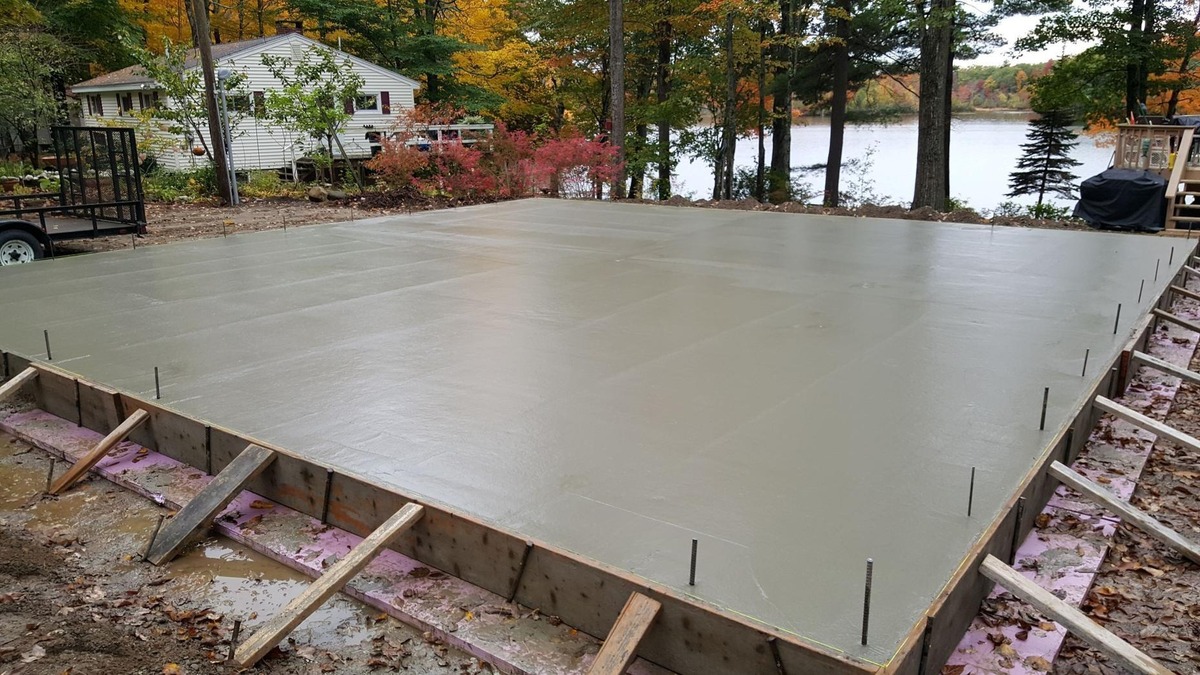

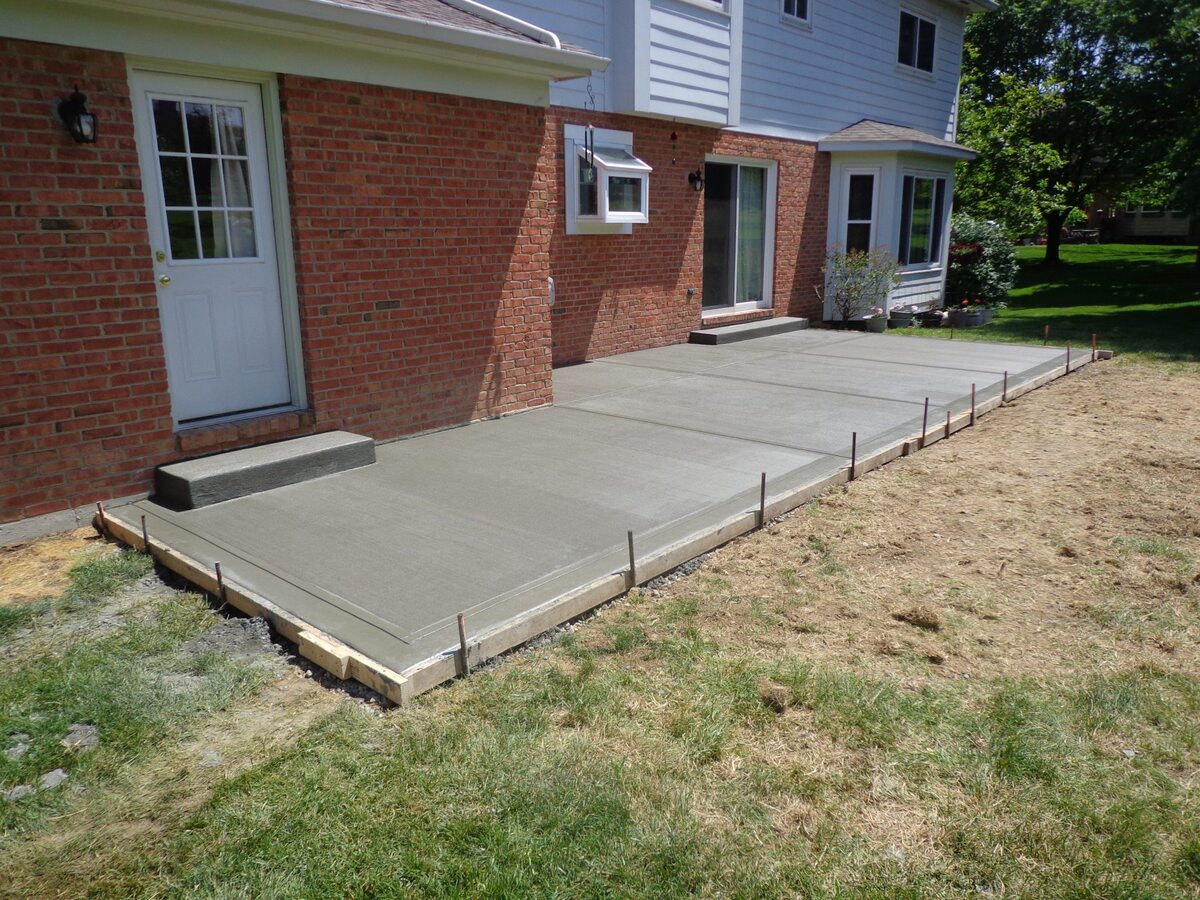
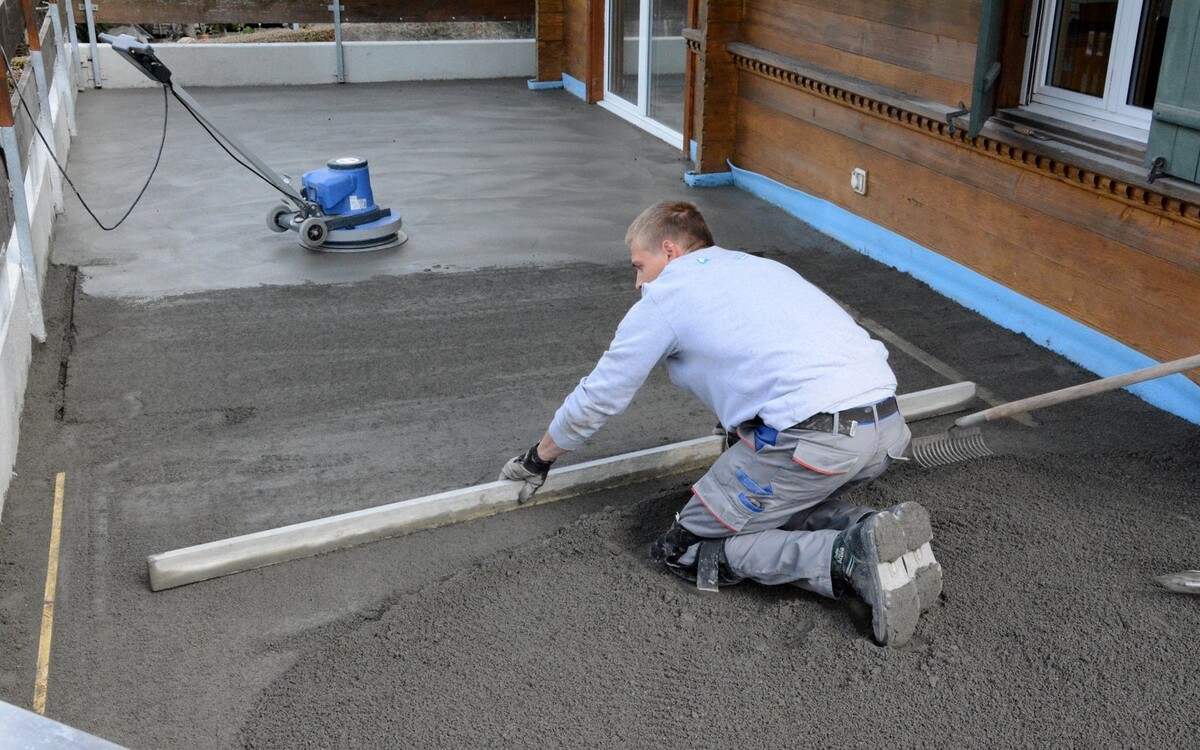
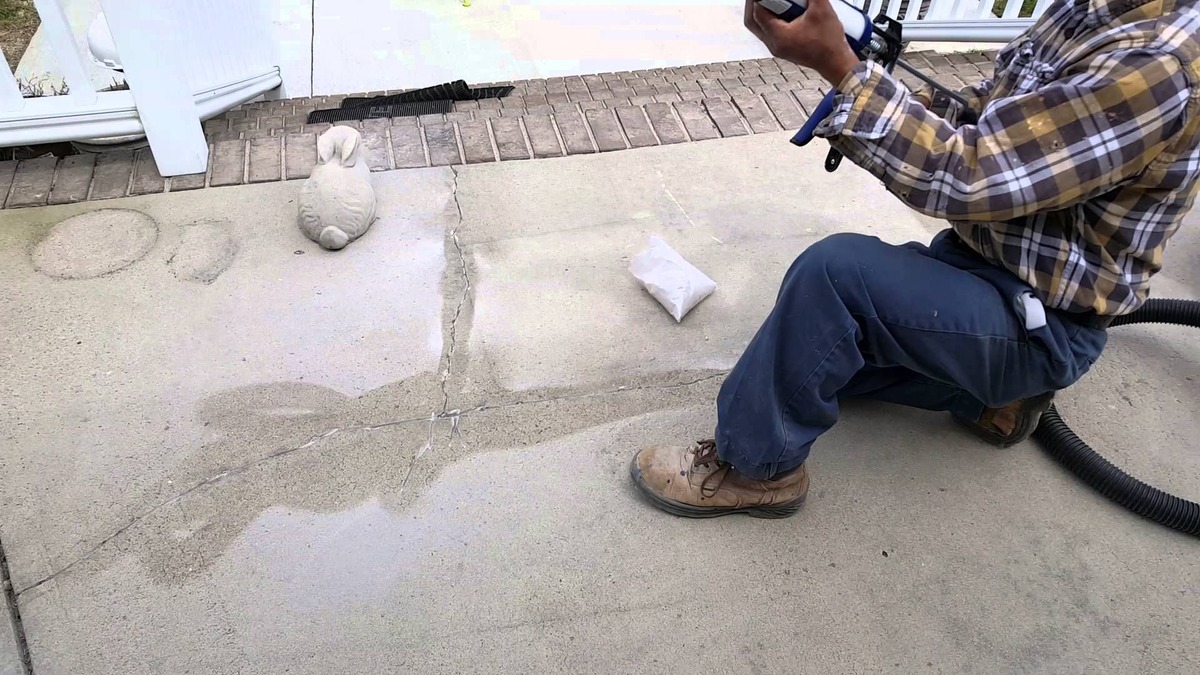
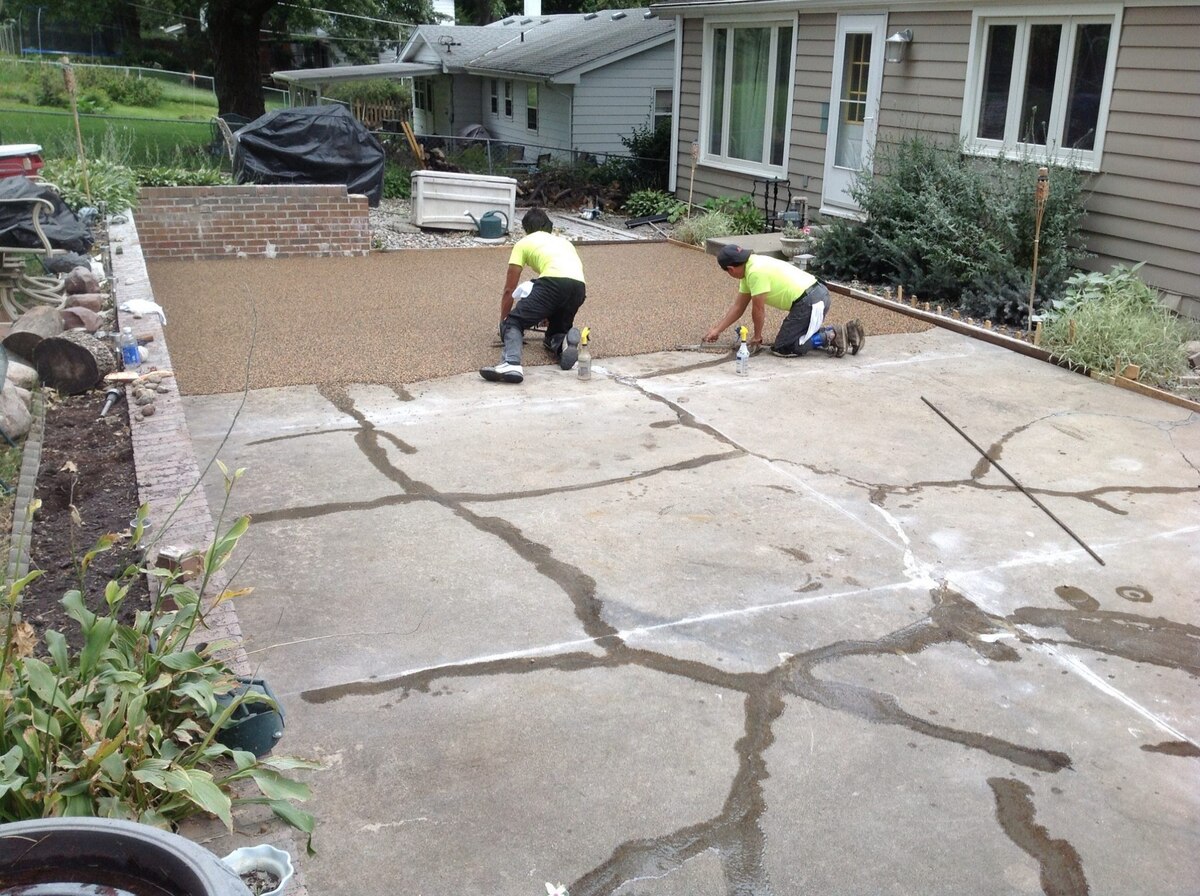
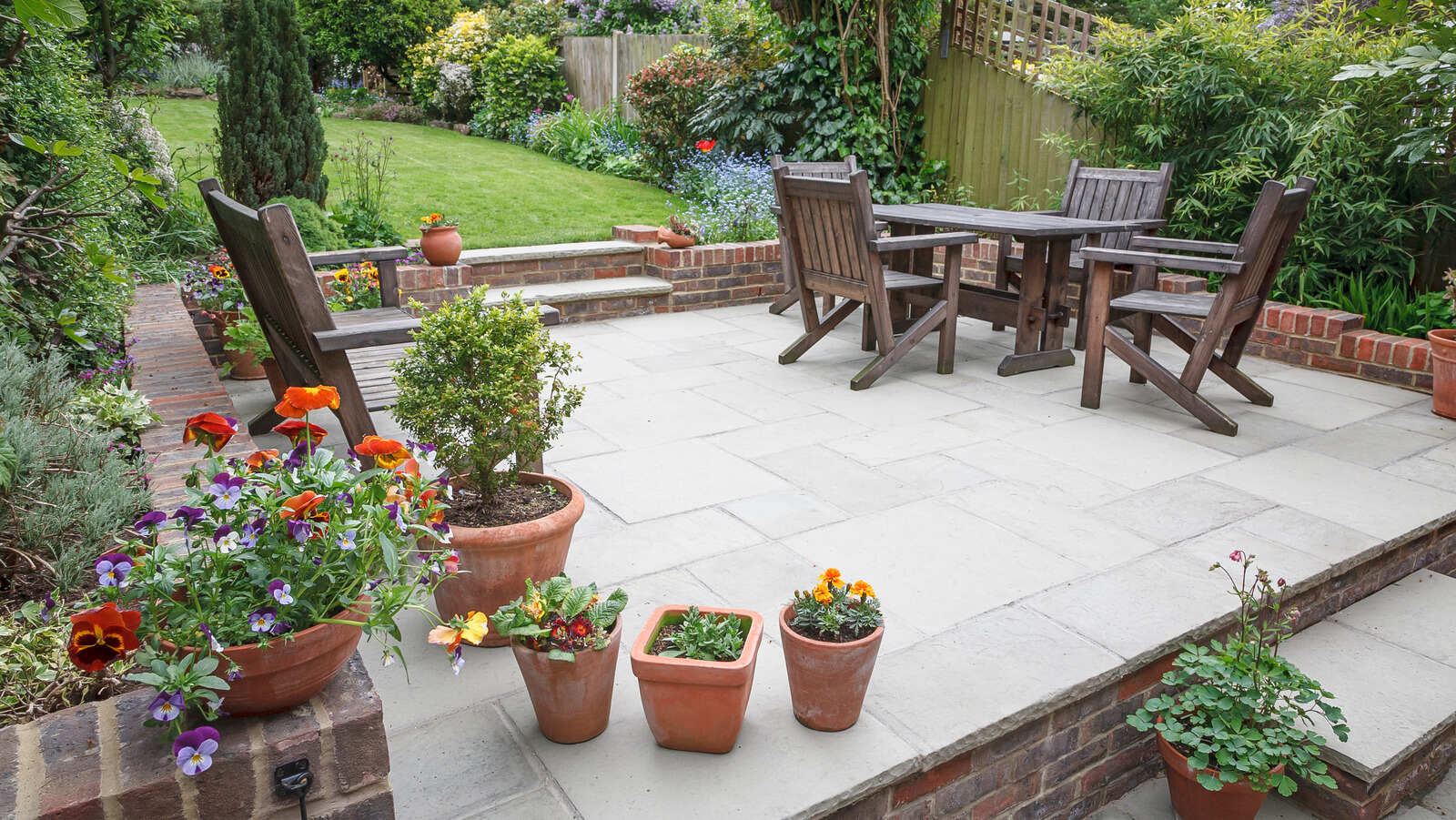
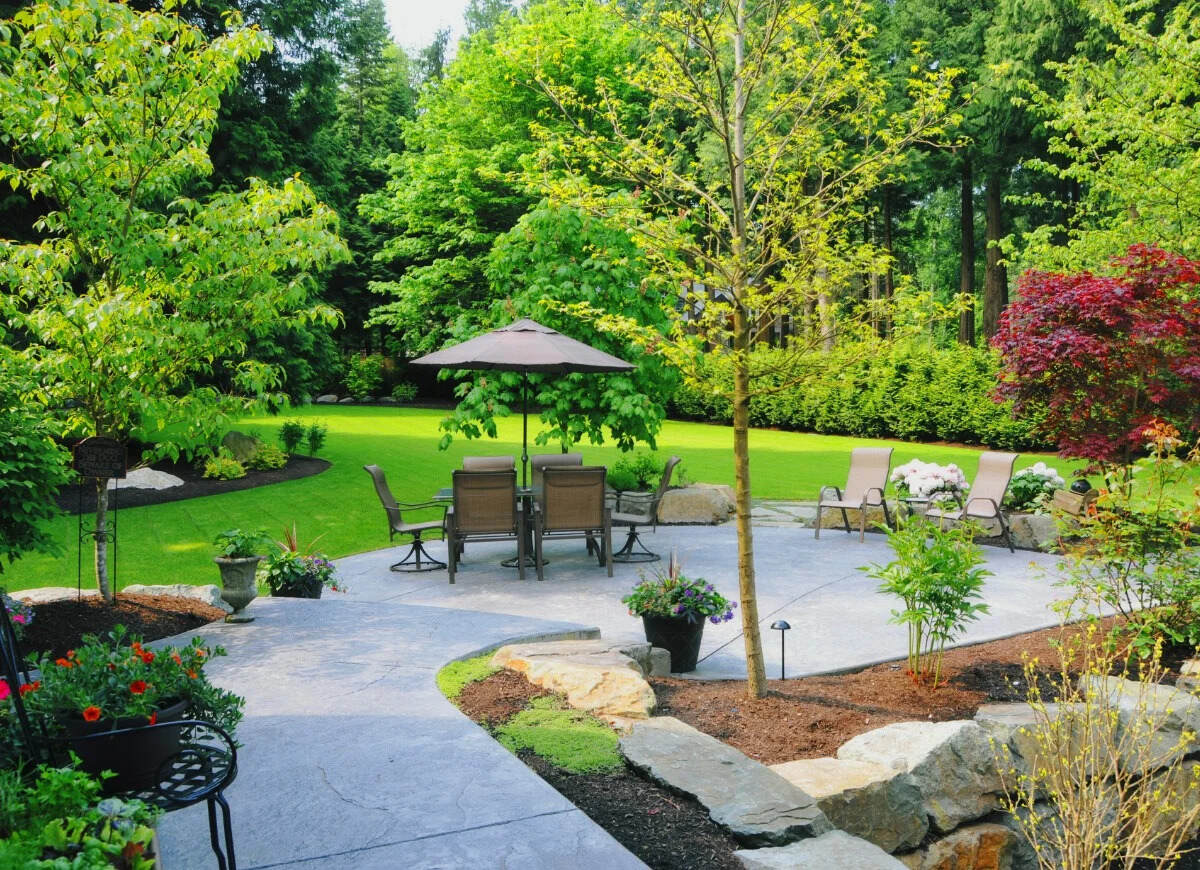
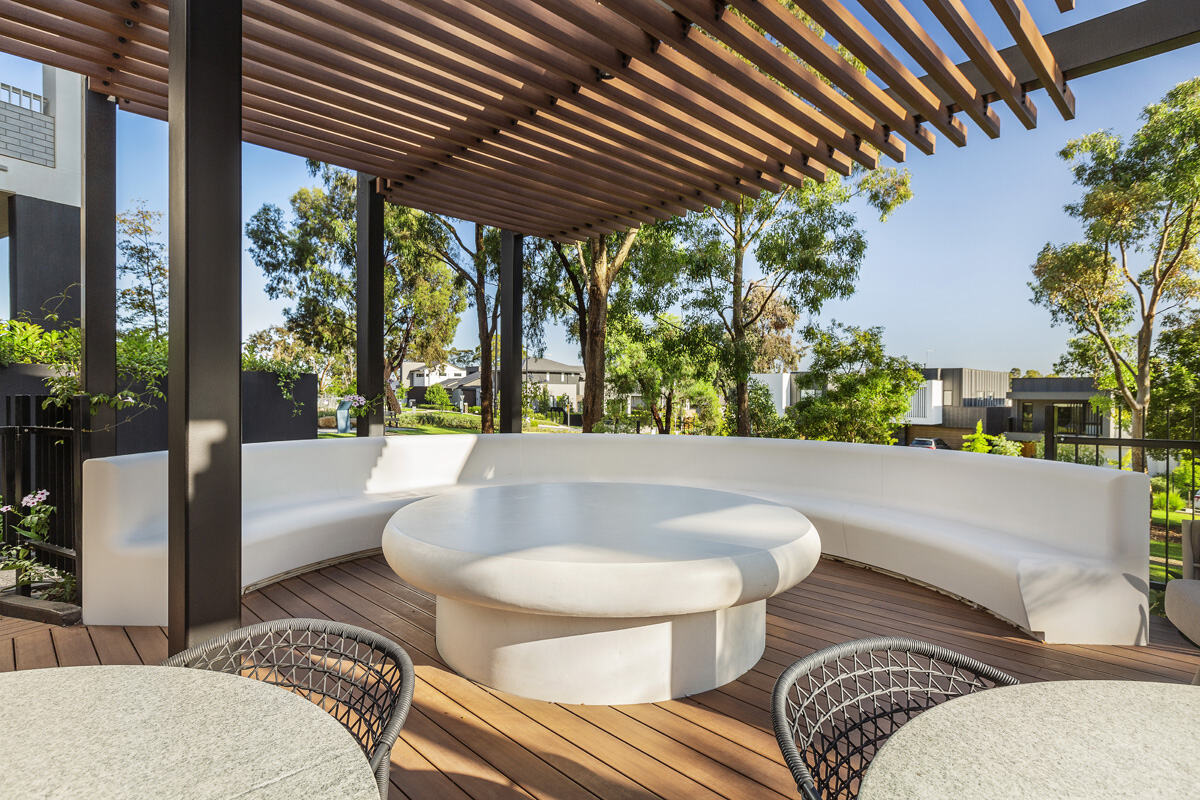

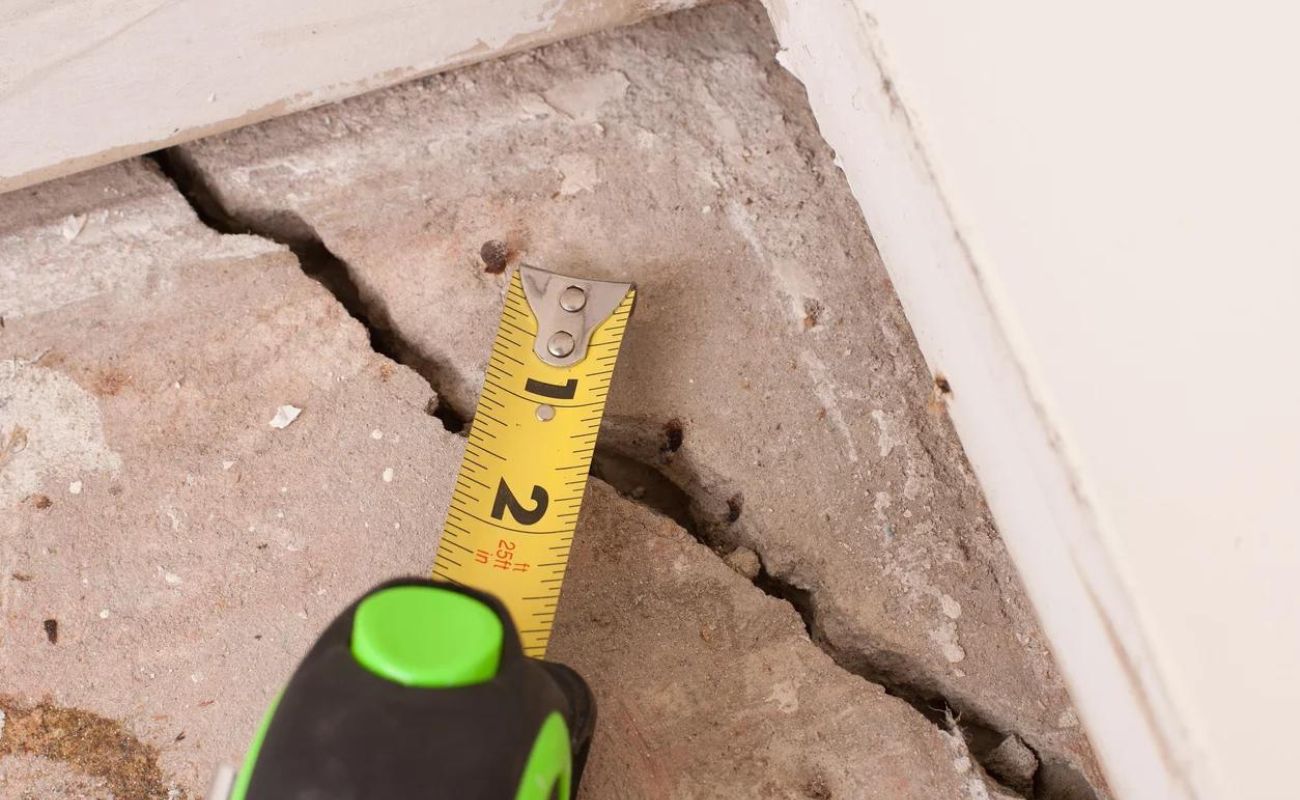
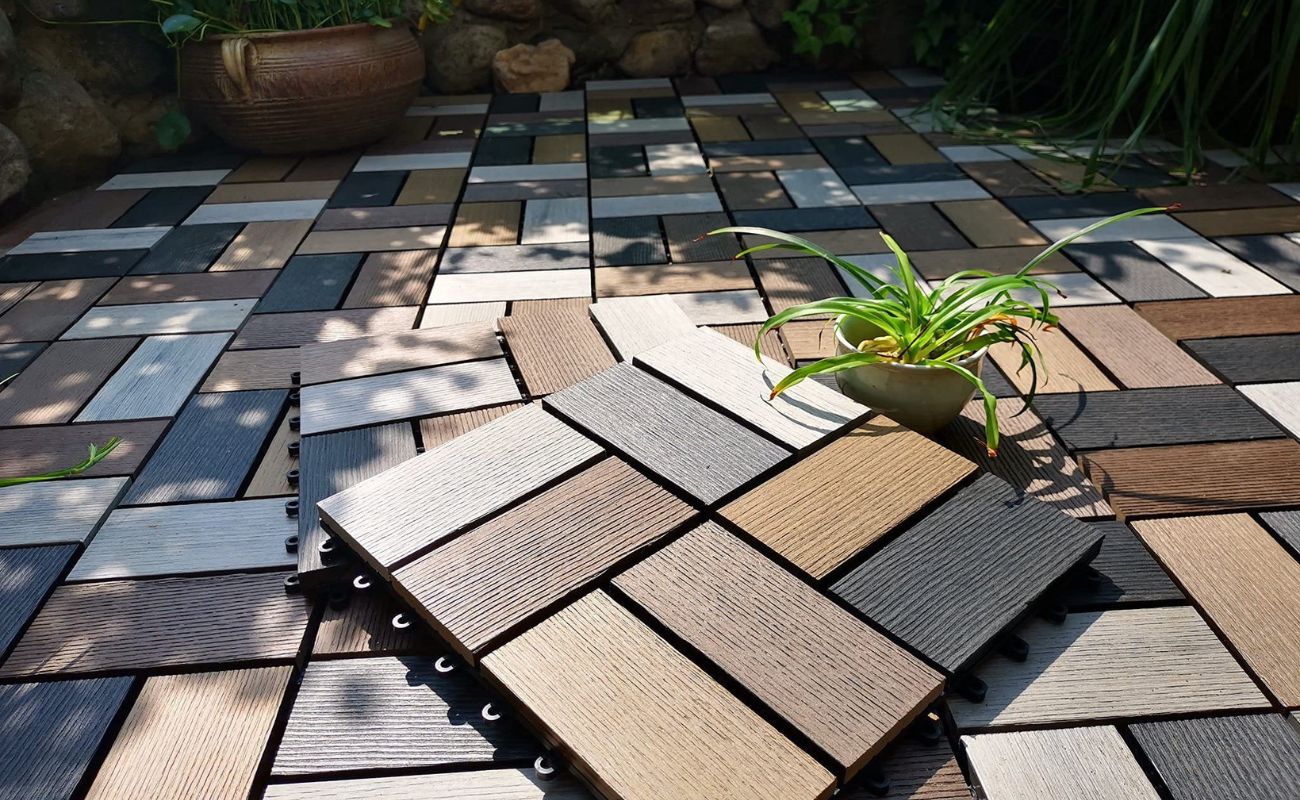

0 thoughts on “How To Pressure Wash A Concrete Patio”